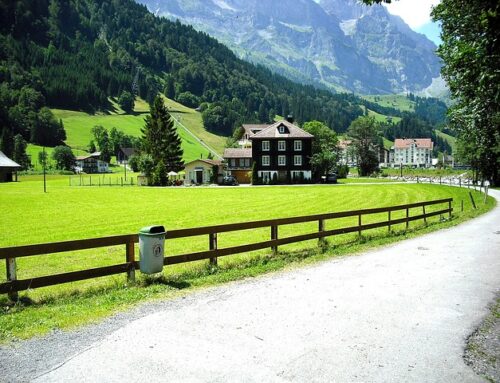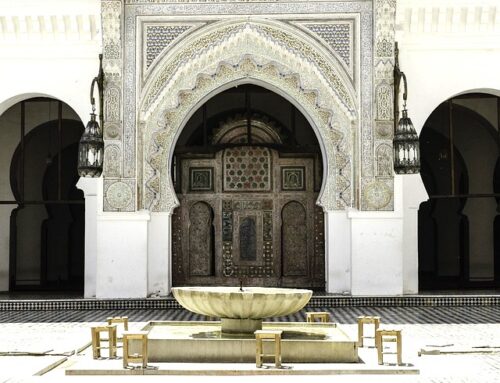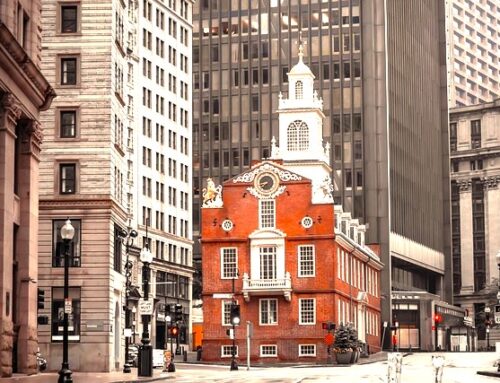Charming Historical Places To Visit on Nantucket Island
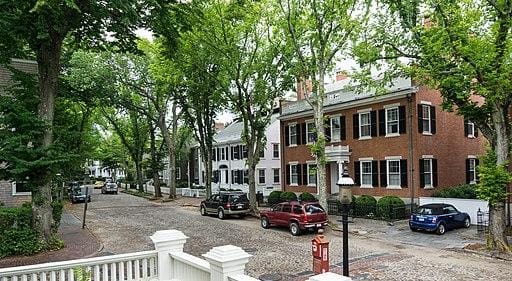
Top Historical Places to Visit in Nantucket
Nantucket is a top vacation destination offering a unique combination of preppy New England chic, stunting seascapes, and historic charm. The picturesque downtown has been preserved to the point that visitors can feel like they have stepped back in time to the mid-18th and 19th centuries when the island was the whaling capital of the world.
If you are a history buff, then this remote island just a ferry ride away from Cape Cod is a must-see destination to add to your bucket list.
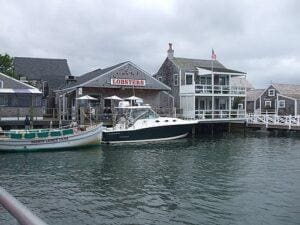
Nantucket by Wharf by Le-grand-Cricri
There are more than 800 perfectly preserved historic mansions, homes, and other buildings in the town of Nantucket and on the island. This is more than in any other place of this size in the USA. There is plenty to see if you want to get to know the history of this idyllic island and experience what it was like living in an early American colonial whaling town and fishing island.
Best of all, you can rent a house or other lodging right in the town or in any of the different neighborhoods on the island to get a real feel of life there. Here are some of the most interesting historical sites to add to your itinerary when going on a trip to Nantucket, Massachusetts.
Oldest House
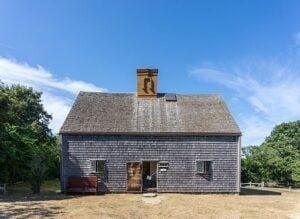
Better known as the Jethro Coffin house, this is the oldest house built by the first settlers on the island, which is still preserved to this day. It was built in 1686 by Jethro Coffin as a wedding present and a symbol of unity with his wife, Mary Gardner. The wedding between the two united the two most affluent families residing on the island at the time.
It is situated on Sunset Hill, where it was originally built, and has been restored a few times over the years. But its original 17th-century architecture, look, and décor have been meticulously preserved through the centuries.
Today, the Oldest House is a designated National Historic Landmark, and both the grounds and interior are open to the public. The Kitchen Garden behind the house is open for visitors as well. It includes specimens of more than 1,700 organically grown herbs and plants.
The Nantucket Whaling Museum
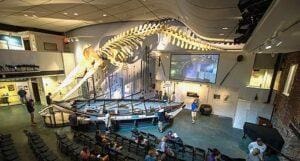
Wikimedia Commons by: Kenneth C. Zirkel,
This one-of-a-kind museum is undoubtedly the most popular site to see in Nantucket. The museum, which is conveniently housed in a restored old whale oil candle factory in town, contains some unique artifacts and hundreds of exhibits from the glorious whaling years.
During those years, it was the whaling ships and their crews which drove the economy of Nantucket and which enabled it to flourish into this beautiful town. Interestingly, even though whaling was banned centuries ago, it still has left its tangible mark on the local culture, architecture, and lifestyle.
You can see a real sperm whale skeleton, original Fresnel lenses from the lighthouse, and other intriguing items and paintings from those years. Visitors can learn details about the captivating story of the Essex whaling ship and its captain, which inspired the writing of the classic American novel Moby-Dick. The museum roof has a viewing deck that offers a stunning view of the Harbor and the Nantucket Sound.
The Old Mill
This windmill was built in 1746, inspired by the legendary windmills of the Netherlands. It is the only remaining windmill of this type that can still function and grind corn when there is wind in the entire USA.
In 1828 a carpenter Jared Gardner purchased it for firewood but decided to restore it instead. Thanks to him and the Nantucket Historical Association, the Old Mill is still there on 50 Prospect Street and is open to visitors. You can explore the mechanisms in the mill and, if the weather allows it, see how it works.
Old Gaol
The Old Gaol used to be called the New Gaol, or new prison when it was built in 1805 to replace the old one from 1696. The last prisoner incarcerated there was released in 1933, and since then, the building has been owned by the Nantucket Historical Association.
This historic site is perfectly preserved and is an excellent example of the best colonial architecture, with some unique iron reinforcements and a stable oak structure. Visitors can explore the prison cells to get the feeling of what it was like to be a prisoner in the 19th and early 20th centuries on the island of Nantucket. You will also hear some fascinating stories of famous people who were incarcerated at the Old Gaol as well as the story of the next-door House of Corrections, where the debtors could work to pay their debts a couple of centuries ago.
Shipwreck & Lifesaving Museum
Due to the sudden heavy fog, and the unfavorable sea and weather conditions around the island, there have been over 750 shipwrecks registered around its coasts through the years.
This hidden gem of a museum is a tribute to all of the local people and others who risked their own lives in a quest to help the ships and crews survive. It also displays artifacts of these wrecks, as well as models of many of the boats and other vessels which lost their battle with the Ocean and the weather.
The museum is located at 158 Polpis Road. Its picturesque grounds, known as Folger’s Marsh, are suitable for picnics, bird watching, and for leisurely strolls.
Greater Light
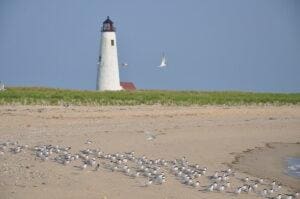
By: US Fish and Wildlife Service
This unique house was built in 1790 and has been remodeled twice during the years since then. It has a significant historical meaning to the locals and the legacy of the two Quaker sisters, Hanna and Gertrude Monaghan. They turned this old livestock barn into an art studio that attracted all artistic people on the island and many visitors from the mainland.
The two sisters were highly educated and independent. Hanna was an author and actress, and Gertrude was an artist. The two came to Nantucket in 1923 and became part of the founders of the so-called Nantucket Art Colony. The artistic community was popular and thriving from the 1920s to the 1940s.
Greater Light was initially built in 1790 as a barn and then purchased and restored in 1929 by the two artistic sisters. It was transformed into an actual piece of art and summer oasis, with some unique architectural elements and décor items collected by the two from local crafters and their adventures.
The magical historical place is open to visitors. You can get a chance to explore the stunning interior, the Lesser Light cottage, and the beautiful lush garden. It is still home to various art workshops.

